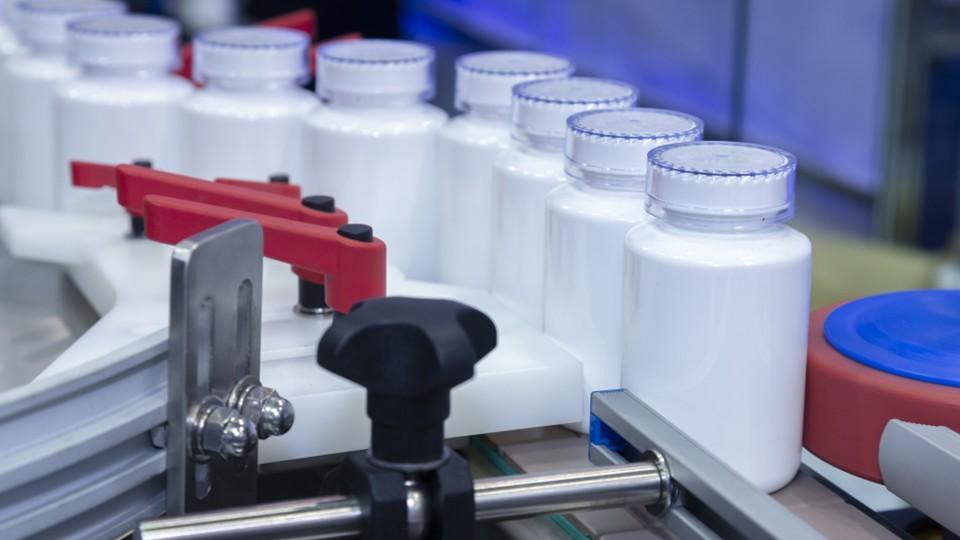Meeting pharmacovigilance standards in the US and Europe

Pharma regulators around the globe have different approaches to ensure companies meet drug safety laws and standards. Examining statistics on recent inspections gives insight into the common issues faced, highlighting the areas companies need to focus on to remain compliant.
The US Food and Drug Administration (FDA) and European regulatory agencies set strict drug safety laws, regulations, and standards to ensure patient safety and compliance with the latest pharmacovigilance best practices. Every year, these agencies conduct inspections of pharma companies to verify their compliance with current regulations, with those found noncompliant facing various penalties. These penalties can result in lost revenue, costly litigation, decreased consumer confidence and shareholder value, the withdrawal of a product's marketing authorisation and, possibly, criminal prosecution.
While the FDA, European Medicines Agency (EMA), and the UK’s Medicines and Healthcare products Regulatory Agency (MHRA) all seek to promote public health and ensure the safety and efficiency of pharmaceutical products, their procedures for inspections of pharma companies differ. European inspections tend to be more in-depth than those conducted by the FDA. The FDA inspections are detail-orientated, but the MHRA, in particular, is more thorough and holds organisations to a higher standard of drug safety, as specified in the recent EU pharmacovigilance legislation.
Examining the findings of the MHRA’s most recent inspection periods provides a picture of the common issues faced by pharma companies.
MHRA inspections
The MHRA has released statistics on its pharmacovigilance inspections performed between April 2014 and March 2015. During this period, it conducted 46 inspections of marketing authorisation holders (MAHs) and one of a pharmacovigilance service provider. Approximately 29% of those inspected had not undergone a previous MHRA pharmacovigilance inspection. A total of 21 were routine re-inspections, 10 were triggered by a critical finding identified at a prior inspection or in response to a specific issue, and two were requested by the European Committee for Medicinal Products for Human Use (CHMP).
Compared to the previous period, the number of critical findings rose from 19 to 27. A critical finding is defined as a deficiency in pharmacovigilance systems, practices or processes that adversely affects the rights, safety or wellbeing of patients, poses a risk to public health, or represents a serious violation of applicable legislation and guidelines. The most prevalent critical finding was reference safety information (29%), followed by signal management (26%). The critical findings for reference safety information involved the failure or significant delay to submit safety variations to update the safety sections of Summaries of Product Characteristics (SPCs) and patient information leaflets (PILs).
The MHRA also found 169 major findings and 155 minor findings, down slightly from the previous period. Major findings associated with the pharmacovigilance master file decreased by 45% from the previous period.
FDA inspections
The findings from FDA inspections are presented differently to those of the MHRA. The FDA issues Form 483s, which indicate areas of an organisation's noncompliance. During fiscal year 2015, the FDA issued 678 Form 483s to pharma companies, as detailed in the report FY 2015 Inspectional Observation Summaries. This is up from 645 Form 483s in fiscal year 2014. However this is lower than the record high of 787 in 2012.
Of the Form 483s issued, 160 identified the most common area of noncompliance as ‘procedures not in writing or fully followed’. Also high on the list was ‘investigations of discrepancies and failures’, cited on 124 Form 483s. Unlike the MHRA, the FDA does not categorise its observations into critical, major and minor findings.
Given the complexities outlined here, to ensure businesses are drug safety compliant and ready for an inspection, an independent audit of drug safety operations is advisable. This will identify any noncompliant areas and enable them to be corrected before an FDA, EMA, or MHRA inspection and avoid any costly penalty.
About the author:
Steve Jolley is CEO of SJ Pharma Consulting, a drug safety and pharmacovigilance consulting company based in New Jersey, USA. Steve has 30 years' experience in global safety compliance, business process improvement and signal detection working with clients across the US, Europe, Japan, India and China. As a member of the Drug Information Association’s training faculty and an instructor and chairman for the DIA’s Clinical Safety and Pharmacovigilance Certificate Programme, Steve is also an adjunct professor at Rutgers University teaching on their Master's degree programme in drug safety and pharmacovigilance.
Read more from Steve Jolley:
Pharmacovigilance checklist: resolving common problems











